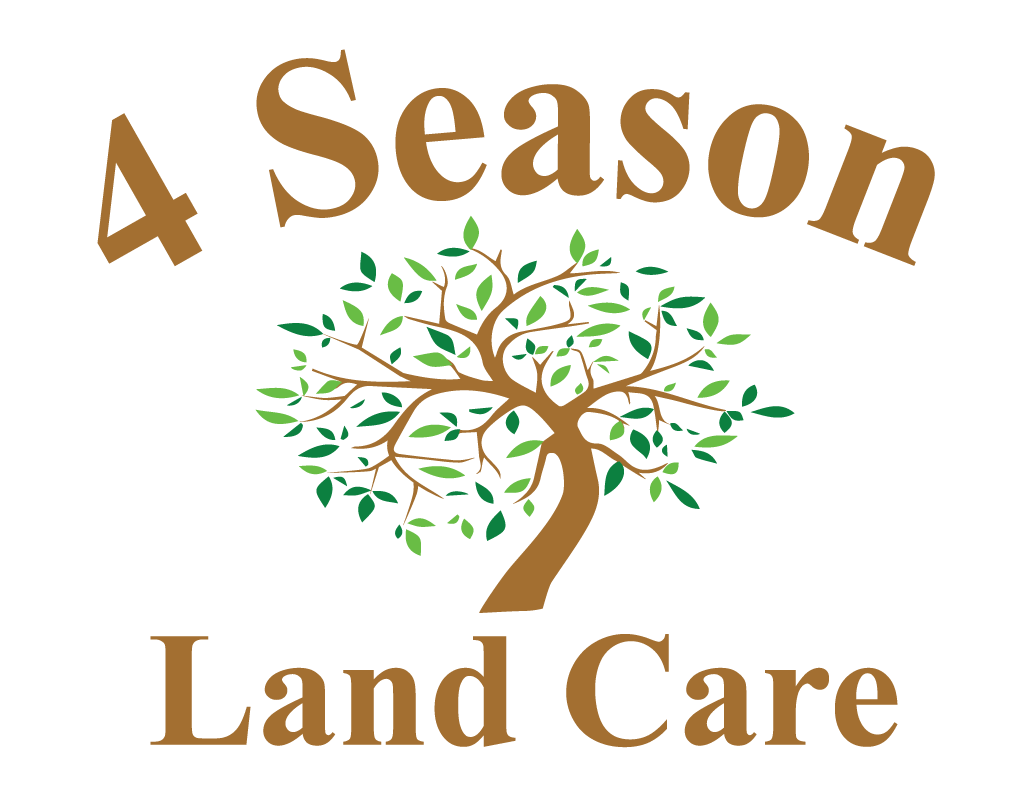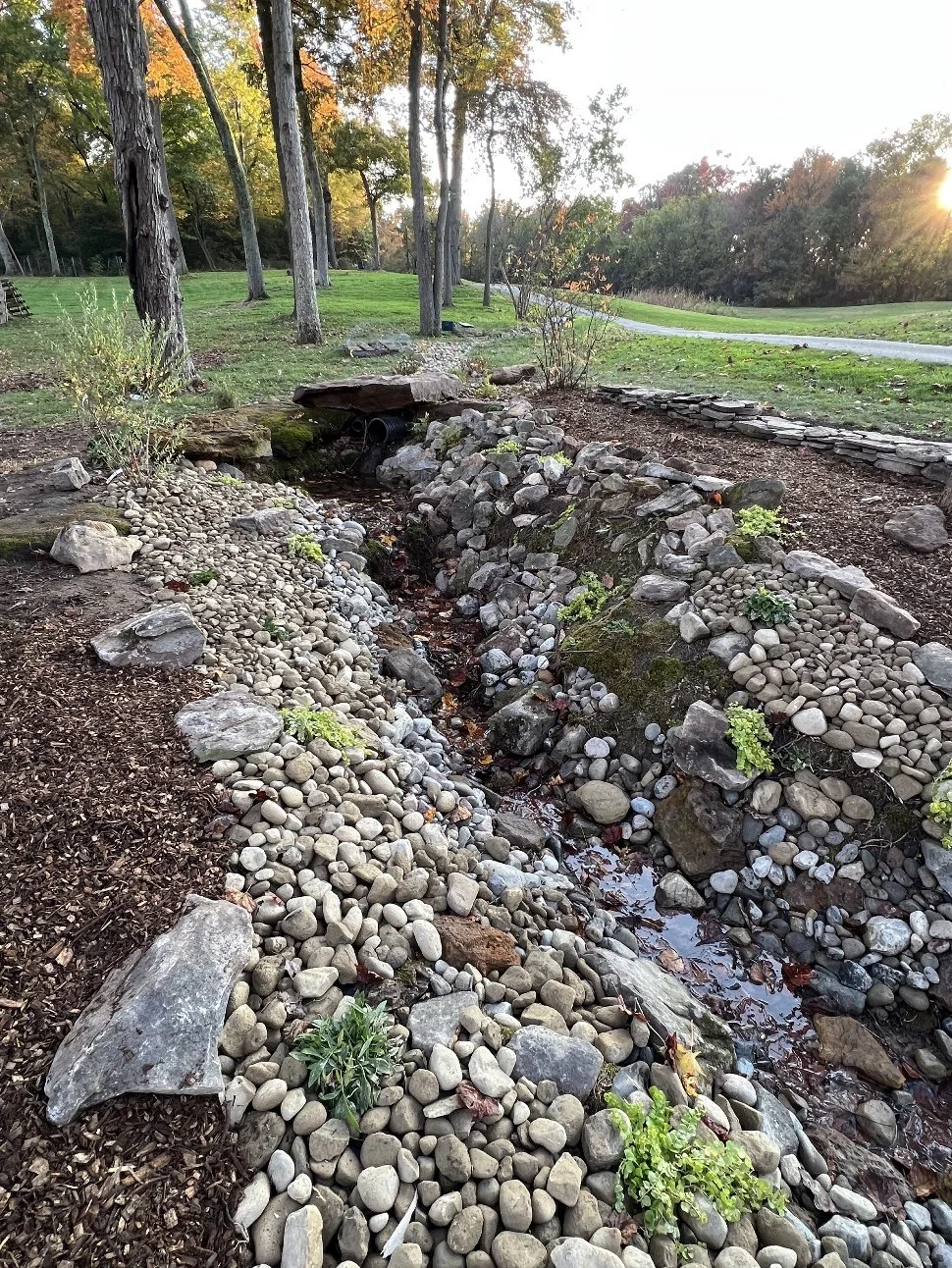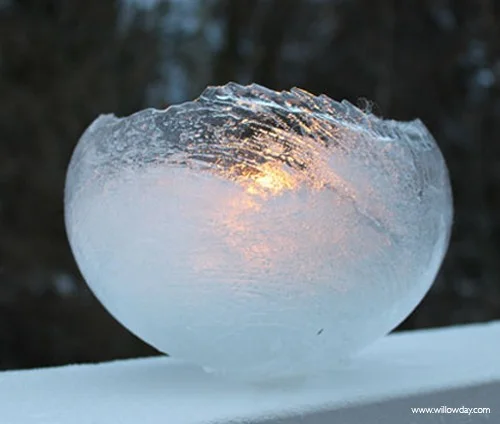As we strive to create a more sustainable world, rain gardens have become increasingly essential. Their ability to manage stormwater, support biodiversity, conserve water, improve air quality, and enhance the beauty of our surroundings makes them the perfect addition to any landscape. By implementing rain gardens in our communities and homes, we can contribute to a healthier, greener future.
Knockout Roses Not Blooming? Why?
Why are my knockout roses not blooming?
Knockout roses are gorgeous. They are fragrant. They add color to your garden and if you are like most people who add them to your garden you look forward to watching them bloom each spring and continue their blooms throughout the summer and into the fall.
Unfortunately, for a lot of our customers they experience more frustration than joy while waiting for their roses to bloom.
Why?
There are several reasons why your roses may not bloom.
Not enough sunlight - These roses need a lot of sun. Unlike many things in life, this is quantifiable. Roses need at least 8 hours of sun a day. If there are nearby trees or shrubs that shade your rose bush for even part of the day, chances are they will not bloom well. In one case we realized that it was not a building or a tree that was causing a customer's problem but a van that parked in the same spot every day blocking the light for several hours of the day. Yes, these bushes are that picky.
Too much food - When you feed roses too much they will not bloom. They may become fuller with more healthy looking leaves but they will not bloom. Try not feeding them for a while and see if this helps. When you do feed them, start with a slow release fertilizer.
Improper watering - Knockout roses need to be watered from below. Watering them with a sprinkler may actually spread diseases such as black spot. Try to keep the leaves as dry as possible when watering.
Dry soil - In an earlier post we wrote about the benefits of mulch. Mulching around your rose bushes will help to hold in the moisture and keep it consistently moist.
Do you have beautiful knockout roses you would like to share with us? Do you have a secret to growing these bushes that was not mentioned above? Email us and let us know.
Yuck! What's Happening In My Mulch
You mulch your garden for several reasons but one of the most popular reasons is because it makes your yard look nicer. So, it's a bit of a gut punch when you walk out into your newly mulched garden to find what some describe as a looking like vomit on their mulch. Don't worry, there haven't been any wild frat parties in your front yard while you slept and your dog is probably not sick. Instead this is a natural process.
What Is Growing in My Flower Bed?
What you are seeing is fungus? Sometimes you see it in the way of mushrooms but these piles of "pukey" material you find in your mulch serves the same purpose. They are helping to decompose natural material in your garden. In this case, it's your mulch. There is no one sort of mulch that is more susceptible to this problem.
Slime Mold
In this case you are looking at a slime mold. According to the University of Connecticut, slime molds feed on the bacteria that are feeding on the mulch, not actually eating the mulch directly.
While it causes no damage to your yard, most people choose to get rid of it. The easiest way to do this is to shovel it off, being careful not to break it up as the small spores will spread elsewhere and continue to plague your gorgeous garden.
Holes In Yard or Flower Beds?
What are these holes in my flowerbeds or yard?
Mole Hole
Our customers call us on a daily basis about the holes in their yard or flower beds. Unfortunately there are a lot of things that could be causing the problem.
It could be kids, your dog, squirrels, groundhogs, or voles. Unless you actually see it happen though, it is mind boggling. Where do they come from and what damage are they causing?
Luckily there are clues that help us figure out these issues.
Vole Hole
Follow the Clues
Mole, vole and insect holes are usually throughout the yard. But each animal digs differently, leaving different clues. Mole holes are covered by a hill of dirt, while vole holes are not. Both of these holes are bigger than holes left by worms and birds. Whereas Groundhog hole are much easier to spot as they are several times bigger than the biggest mole hole.
Be careful when excavating these holes to find the cause though as some of them may be made by wasps looking for a place to lay eggs.
Earthworm Hole
The location of the hole might also be a clue. Holes nearer to trees may be chipmunks or worse, rats. Holes in your flower bed could be squirrels or birds looking for food. This time of year you might also notice a lot more 1-inch holes left by earthworms who are particularly. Earthworms are easy to suss out by looking for a granular hill around their holes.
And finally mother nature herself may be the cause. Water running away from your home may create a stream underneath your yard leading to a cave in.
If you need help discovering or solving your issue, please call us.
Top 5 Simple Lighting Projects for the Yard
5 Perennials To Keep Your Garden Blooming
The blooms and blossoms of spring bring a new joy to life. You have probably already noticed many plants blooming in your garden this spring. But spring is not the only time to have a blooming garden and bringing seasons long color to your garden can bring equal joy. Try planting these five perennials to have your garden blooming all year long.
Hellebore
This two foot wonder plant will be one of the first plants to bloom in your spring garden but it's beautiful green foliage is what makes it a summer long treat for your garden. What makes us call this a wonder plant? It's not only drought resistant but deer and rabbit resistant as well.
Variegated Solomon's Seal -
The variegated coloring on this perennial will help your garden look fresh and clean all summer long and fills in a garden nicely. Surround it with more colorful plants such as bleeding heart plants to enhance it's natural beauty.
Japanese Forestgrass
Japanese Frostgrass not only adds beautiful color but also amazing texture to your garden. Perfect for the shadier areas of your garden. These grasses are stunning when paired with golden or purple flowering plants such as hostas and bugbane.
Catmint
This is one plant you will always find in my summer garden. We are become big fans as it fills in an empty bed and with a hard pruning half way through the summer blooms into early fall.
Border Blue Veronica
Another colorful plant to bloom in your garden all summer long is the Border Blue Veronica. This two foot tall plant is gorgeous when planted alongside the lower growing moonbeam coreopsis.
When we run through our neighborhood or drive through someone else's it is easy to look at a gorgeous garden and feel envy, believing we can never achieve a similar look. But gardening is as much science as art. With effort and research, finding the right plants to plant together, and planning a garden is possible for any of us.
Of course, we are always here to help. If you don't know where to start or are simply too overwhelmed. Please call us to schedule a design and installation appointment. We do this every day and love to help turn your yard into the garden of your dreams.















